GIS-based visualization of integrated Transportation
- Jeevankumar K
- Nov 23, 2022
- 3 min read
Updated: Sep 19, 2024
Geographic information systems is a computer system used in highway maintenance, accident analysis, route planning and transport safety as well as construction management.
The transport sector is one of the backbones of a country’s economy. It’s through transport systems that goods and people can move as they go about their social and economic activities. Automation of most tasks has been witnessed not only in industries but also in transport.
The following are thus the description of some of the
applications of GIS in transportation
Highway maintenance:
Highway maintenance has over the last few years become easy and cost-effective due to the introduction of geographic information System. Satellites can take images about highways on a real-time basis, which shows the critical areas that are experiencing challenges.
Various maps are also availed by GIS digitally to the government and relevant authorities for decision making. Information about highway structures can be feed into GIS databases and accessed from any place
Accident Analysis :
CCTV in most cities and towns, as well as satellites imaging services, is easy to integrate with GIS. Location addressing is used to raise the alarm to accident emergency responders to offer help.
GIS can act as a source of a report in the event of an accident
Traffic Modelling:
Most cities in the world are full of vehicles. Failure by the government to effectively manage traffic leads to heavy congestion and traffic jams, which are difficult to keep up with. Following the significant changes being made in the world of computer technology, most countries are migrating to the use of computer systems for traffic management and structure design.
GIS does not only monitor these transport systems during construction but also offers surveillance and visualization of traffic after they are built.
GIS has offered great solutions on traffic management for the different vast road networks available in cities and towns. This has proved to ease congestion by as only the best designs of road, rail and air are constructed.
Route planning:
When a proposal is made to construct new roads or railway lines, field experts must approve the routes on which the developments are to be laid out.
Longer routes are to add more resource consuming and make travel time to increase, for example with roads and railways drastically. Road and rail engineers must navigate road or rail routes via the shortest and most efficient paths. Longer routes deprive the citizen or user of the road money as much of the expenses go on fuel costs. Efficient, secure, and shorter paths must, therefore, be realized. Its, however difficult to determine the best route if manual methods are used.
GIS is best to apply in such instances as drainage, soi l properties, and the sloppiness of land is easy to determine. This is thus one of the commonly performed tasks by GIS on infrastructure. It`s also easier to come with route designs and models when using GIS
Construction management:
During the construction of airports, structure simulations must be performed using GIS related software before actual construction.
Three-dimension pictures are part of the design and modelling process. During construction, drone technology can be integrated with GIS to help in visualizing ongoing construction. Errors can then be corrected, and a wide of land properties feed into GIS for further planning.
GIS is also used to enable the creation of design templates that explain a prospective project like a highway, airport, or port.
Transport safety management:
Information from different transport structures is beneficial to help formulate regulations and inform the public on how to use certain transport facilities. Crossing points can have integration with GIS for better signalling of drivers and people trying to crossroads or even railway crossing points. Places considered to be black spots and prone to accidents are also studied using GIS to determine the causes of accidents. This is thus very beneficial to any country
.png)

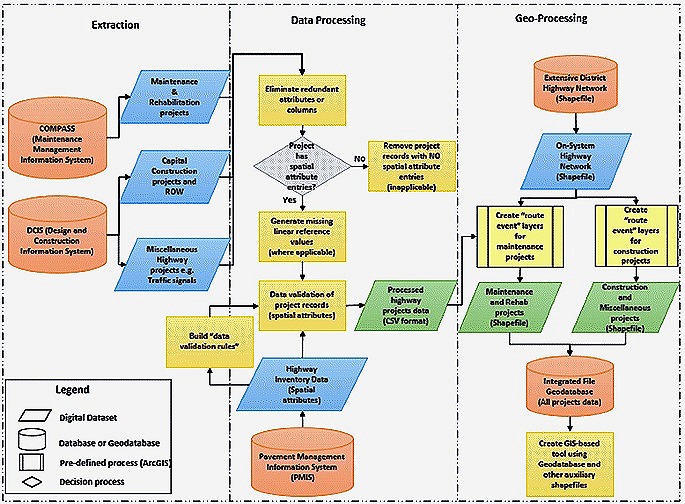



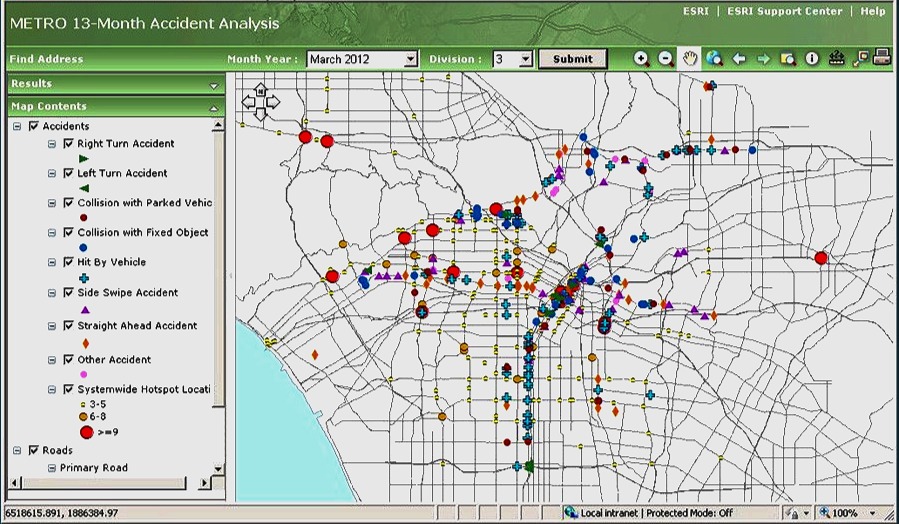

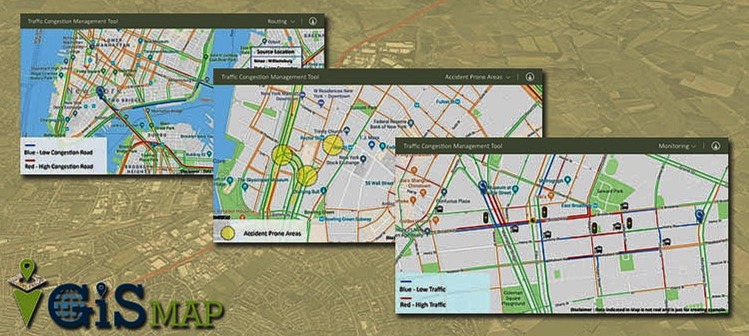

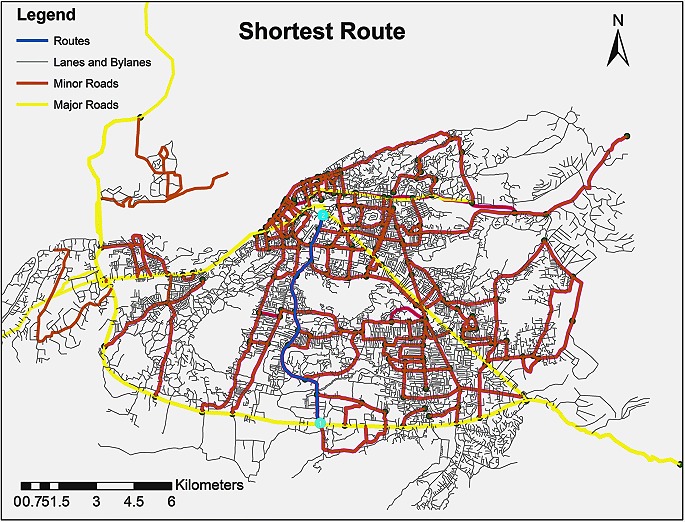

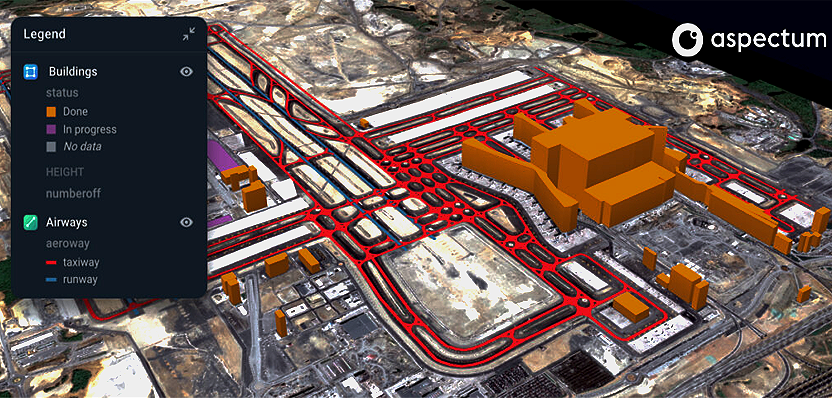



Comments